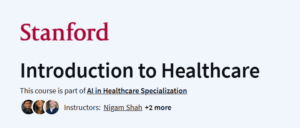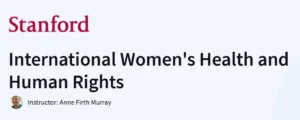What will you learn in Essential Epidemiologic Tools for Public Health Practice Course
Discover what public health and epidemiology are all about, and how they shape how communities stay healthy.
Calculate key public health metrics—like rates and proportions—to understand the burden of disease in a population.
Learn how to turn data into clear visuals that show patterns and risk factors—big help when you’re explaining public health challenges.
Get hands-on with basic mapping: use tools like QGIS to make maps that show where health issues are happening.
Program Overview
Module 1: Role of Epidemiology in Public Health
⌛ 1 hour
Topics: Definitions of public health and epidemiology. Key components for population health. Overview of the hands-on exercise.
Hands-on: Complete a short assignment plus a video and reading introduction.
Module 2: Numeric Estimates in Epidemiology
⌛ 1 hour
Topics: Counts (numerators) and populations (denominators). Calculating ratios, proportions, and rates. Understanding measures of disease burden.
Hands-on: Practice deriving and interpreting ratios, proportions, and rates from sample data.
Module 3: Depiction of Epidemiologic Data
⌛ 1 hour
Topics: Principles of effective data visualization. Identifying good vs. poor visual designs. Using global disease-burden data to visualize risk factors.
Hands-on: Create a visualization of risk-factor data using online datasets (e.g., IHME)
Module 4: Basic Mapping of Epidemiologic Data
⌛ 1 hour
Topics: The role of place in public health. GIS basics and spatial data handling. Using QGIS with Census data.
Hands-on: Download and install QGIS. Extract spatial and epi-data, then build your own map.
Get certificate
Job Outlook
Great for anyone in public health training, data science, or health policy roles—especially those needing to make sense of disease patterns and health trends.
Useful for professionals managing health programs, doing GIS analysis, or planning interventions at the community or policy level.
Specification: Essential Epidemiologic Tools for Public Health Practice
|





